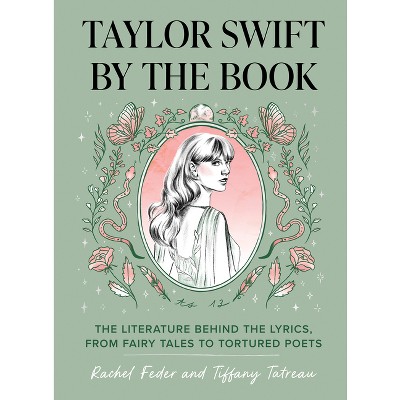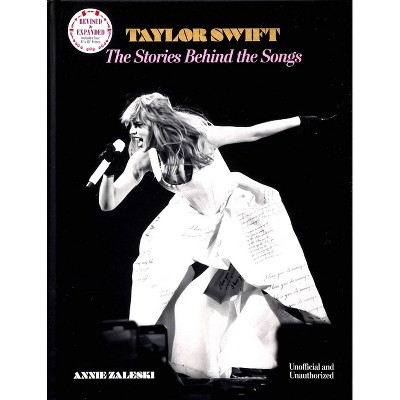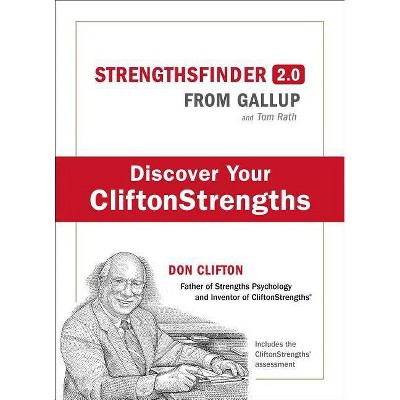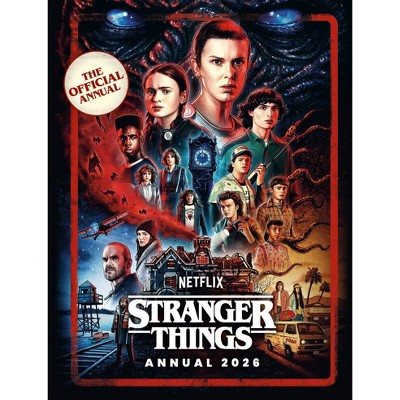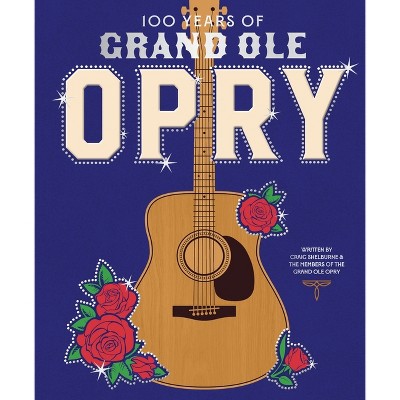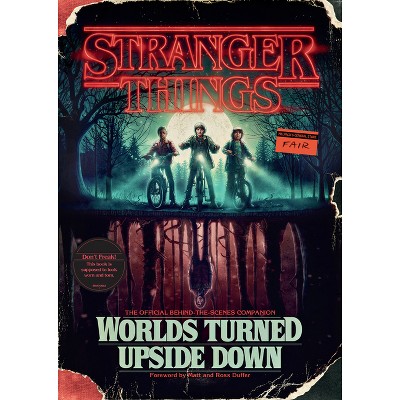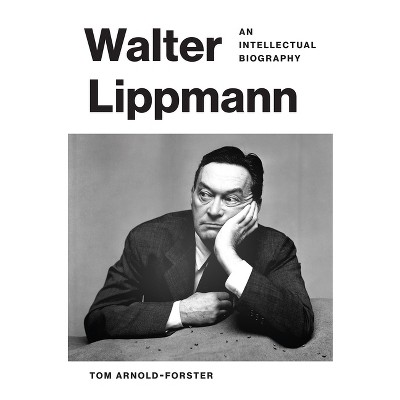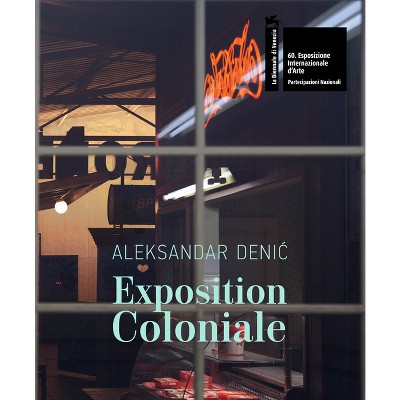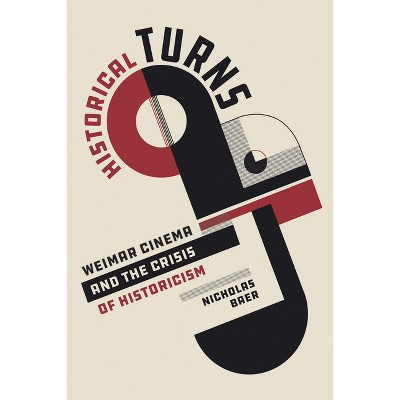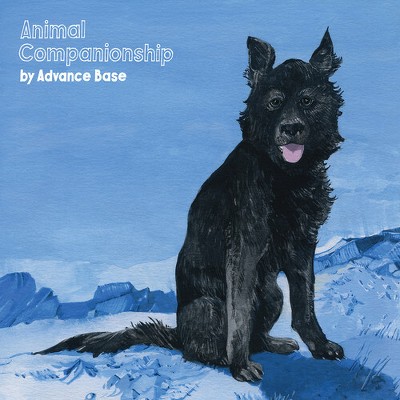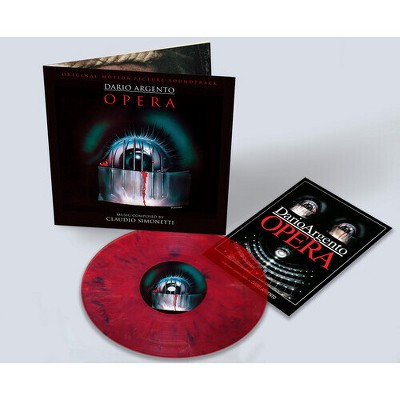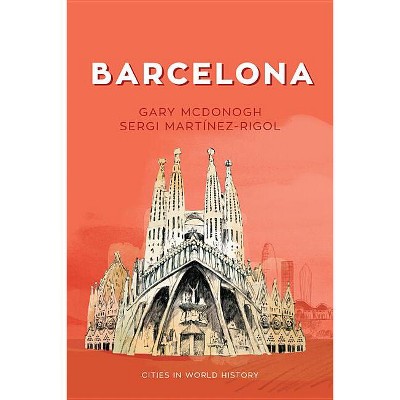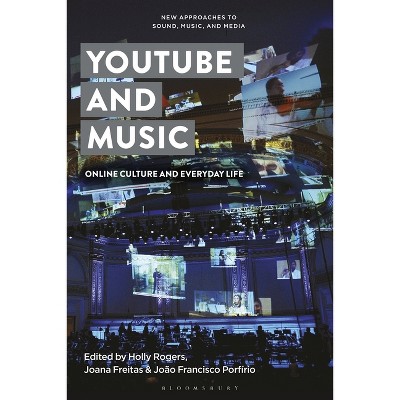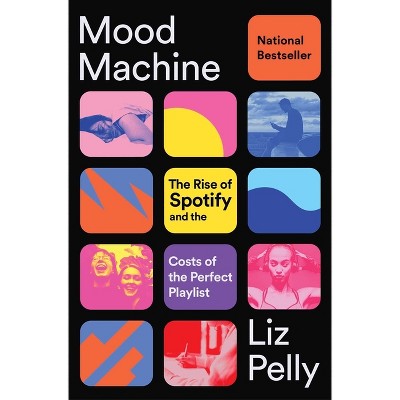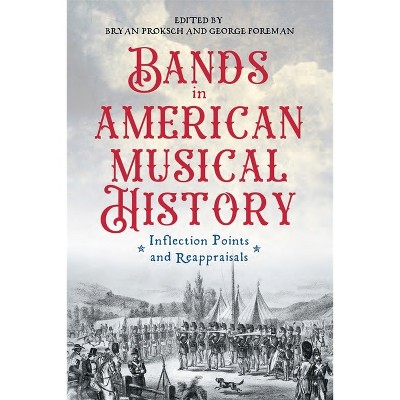Sponsored

The Hyperorchestra - by Sergi Casanelles (Hardcover)
In Stock
Sponsored
About this item
Highlights
- This book studies the "hyperorchestra" as used in music for the screen and draws from the intersection of practice and theory.
- About the Author: Sergi Casanelles is the program manager of the Screen Scoring program at New York University, where he teaches screen music theory and practice.
- 328 Pages
- Music, History & Criticism
Description
Book Synopsis
This book studies the "hyperorchestra" as used in music for the screen and draws from the intersection of practice and theory. The term hyperorchestra derives from hyperreality, a postmodern philosophical concept coined by Jean Baudrillard. The hyperorchestra is a virtual ensemble that inhabits hyperreality. It approaches music spectrally with the aim of becoming a more effective vessel for meaning generation. The book is informed by concepts from postmodern philosophy, such as hyperreality and Marshall McLuhan's theory of media. The book is also informed by the author's own compositional practice; it describes contemporary processes, current software tools, orchestration and instrumentation principles, and contemporary approaches to music composition (such as spectral music). In doing so, the book proposes a new perspective for analyzing contemporary film music that pinpoints the importance of the relationship between timbre, meaning, and the different narrative levels within an audiovisual piece.
From the Back Cover
The term hyperorchestra derives from hyperreality, a postmodern philosophical concept coined by Jean Baudrillard; the hyperorchestra is a virtual ensemble that inhabits hyperreality, capable of producing music that has the capacity to sound realistic and connected to our world, but that could never be produced by physical means only. This book studies the hyperorchestra as used in music for the screen and draws from the intersection of practice and theory. From the theory's side, the book adopts concepts from postmodern philosophy such as hyperreality and Marshall McLuhan's theory of media .They serve to provide a philosophical ground from which to define the hyperorchestra. From the practice's side, the book describes contemporary processes, current software tools, orchestration and instrumentation principles, and contemporary approaches to music composition (such as spectral music). In doing so, the book proposes a new perspective for analyzing contemporary film music that pinpoints the importance of the relationship between timbre, meaning, and the different narrative levels within an audiovisual piece.
Sergi Casanelles teaches composition at New York University. He has published several articles and chapters on screen music, and he has an active composition practice. He has written concert music for piano, chamber ensembles, orchestra, electronics, as well as music for the screen. He won the COM Radio Tutto Award for his solo piano piece Postlude to Chopin's F minor Fantasy, and the III Orchestral Composition Competition Evaristo Fernández Blanco for his work From Hell: 4 scenes of Dante's Divine Comedy.
About the Author
Sergi Casanelles is the program manager of the Screen Scoring program at New York University, where he teaches screen music theory and practice. His class, Contemporary Scoring, covers the practical approaches to composing for the hyperorchestra and applies many of the concepts in this book. As an award-winning composer, he has written concert and screen music. His research and publications focus on the intersection of technology, screen music, theory, and practice.
Shipping details
Return details
Frequently bought together
Trending Music & Performing Arts
